ART CITIES:Shanghai-Alexandre Lenoir
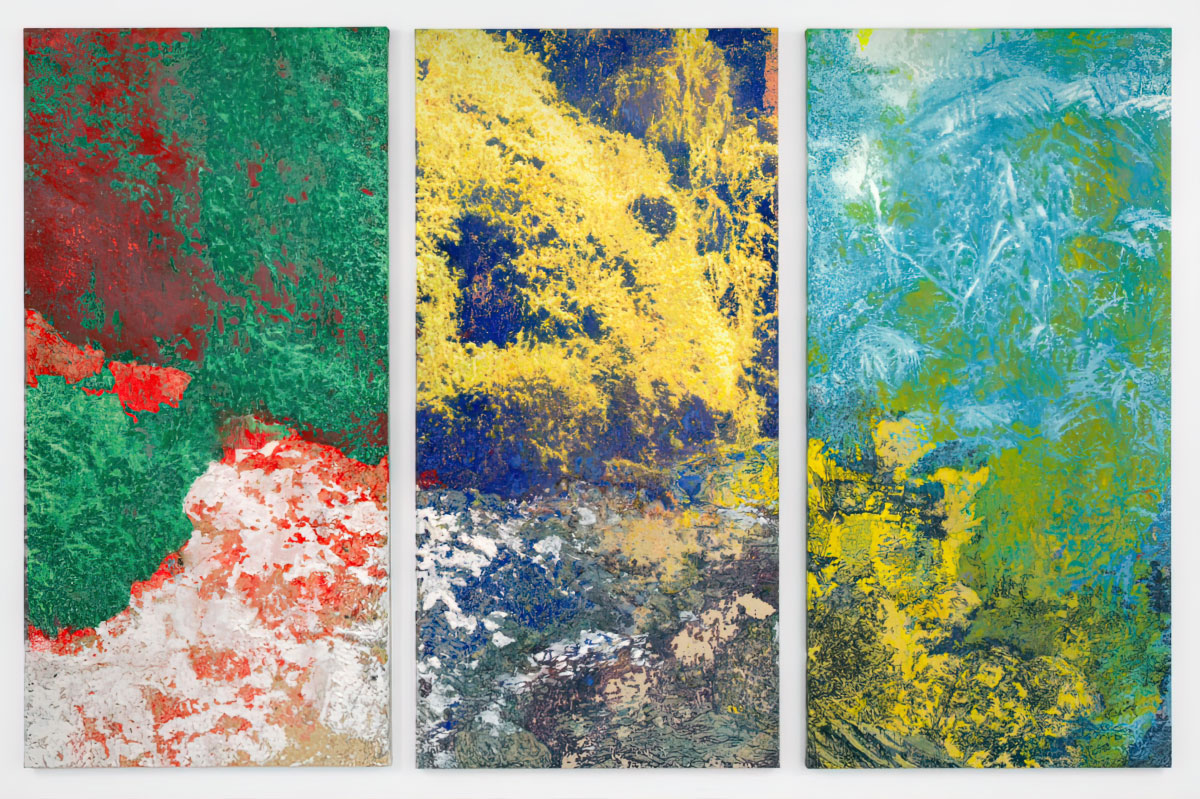 Representing landscapes of luxurious vegetation, interiors and buildings, Alexandre Lenoir’s works often include characters as ephemeral as memories. Like flashbacks or dreamscapes, an ambiguous hedonism inhabits these visions, drawing on the multiple identities of the artist himself: one of Caribbean ancestry from his Guadalupian mother and where he lived during his youth; to Morocco and his formative artistic years; and finally to the industrial neighbourhood of Paris where today his studio is located.
Representing landscapes of luxurious vegetation, interiors and buildings, Alexandre Lenoir’s works often include characters as ephemeral as memories. Like flashbacks or dreamscapes, an ambiguous hedonism inhabits these visions, drawing on the multiple identities of the artist himself: one of Caribbean ancestry from his Guadalupian mother and where he lived during his youth; to Morocco and his formative artistic years; and finally to the industrial neighbourhood of Paris where today his studio is located.
By Dimitris Lempesis
Photo: Almine Rech Gallery
After graduating with honors from the Ecole des Beaux-Arts in Paris (2016), Alexandre Lenoir moved to Casablanca to further develop his practice. His paintings consist of multiple layers of color washes combined with an elaborate technique of stencilling. Alexandre Lenoir presents “Visages Paysages”, his first solo exhibition in China. While many painters strive to find studios with just the right light, Alexandre Lenoir prefers quite the opposite, choosing to paint in the dark. His unique process starts with a photograph projected onto a canvas. From there, he begins to paint but that’s the only aspect he controls. The rest he leaves up to random, covering the surface with tape and even placing the canvas facedown on the floor. The resulting artworks, which can take up to seven months to create, have a haunting ambiguity that dances over the line between reality and dreamlike memory. Each of Lenoir’s paintings is the bearer of its own becoming. From afar and up close, one distinctly sees the piecemeal traces, left through the addition and subtraction of thousands of pieces of masking tapes, as well as holes, marks, and stains–remains from the application of dozens or hundreds of coats of paint, front and back. These strenuous and attentive tasks require the support of three to eight assistants, which is an integral part of the process and highly valued by the artist. In addition, Lenoir has also been working with engineers to develop robotic structures to realize even more ambitious projects. The concept of working inside the studio and with people is essential for him. It is crucial to tame one’s muse and inspiration, and to train one’s attention and creativity through rigidity and collectivity. Such working procedures are loaded up and brought to light not only in a confined space (the studio), but also, rather remarkably, in darkness. The artist projects an existing photograph, most of the time retouched through Photoshop beforehand, to establish the basic structure of a picture. Dimness and enclosure oblige him to “constantly reveal himself and examine his own depth”. It is the same for his paintings; Lenoir’s techniques, such as covering and tearing, application and cancellation, and pushing paint through the back of the canvas emphasize the unpredictability of the outcome. It is up to the canvas to manifest itself and be discovered. The canvas inhales in the undertaking of loaded operations in the dark, challenging the limit of its own bearing. Excess must be exhaled, breaking through any blackness. Lenoir stands up to himself, to his strength, vitality and vigor, so that the invisible manifests itself, whether it be a perceptual experience of another sensory pathway other than the optical, or something that most will recollect by looking his paintings: a memory.
Photo: Alexandre Lenoir, Trois Rivières, 2021, Acrylic and oil on canvas, 261.9 x 128 x 3.5 cm (each), 103 1/8 x 50 3/8 x 1 3/8 in (each), © Alexandre Lenoir, Courtesy the artist and Almine Rech Gallery
Info: Almine Rech Gallery, 27 Huqiu Road, 2nd Floor, Shanghai, China Duration: 23/9-29/10/202, Days & Hours: Tue-Sun 11:00-19:00, www.alminerech.com/

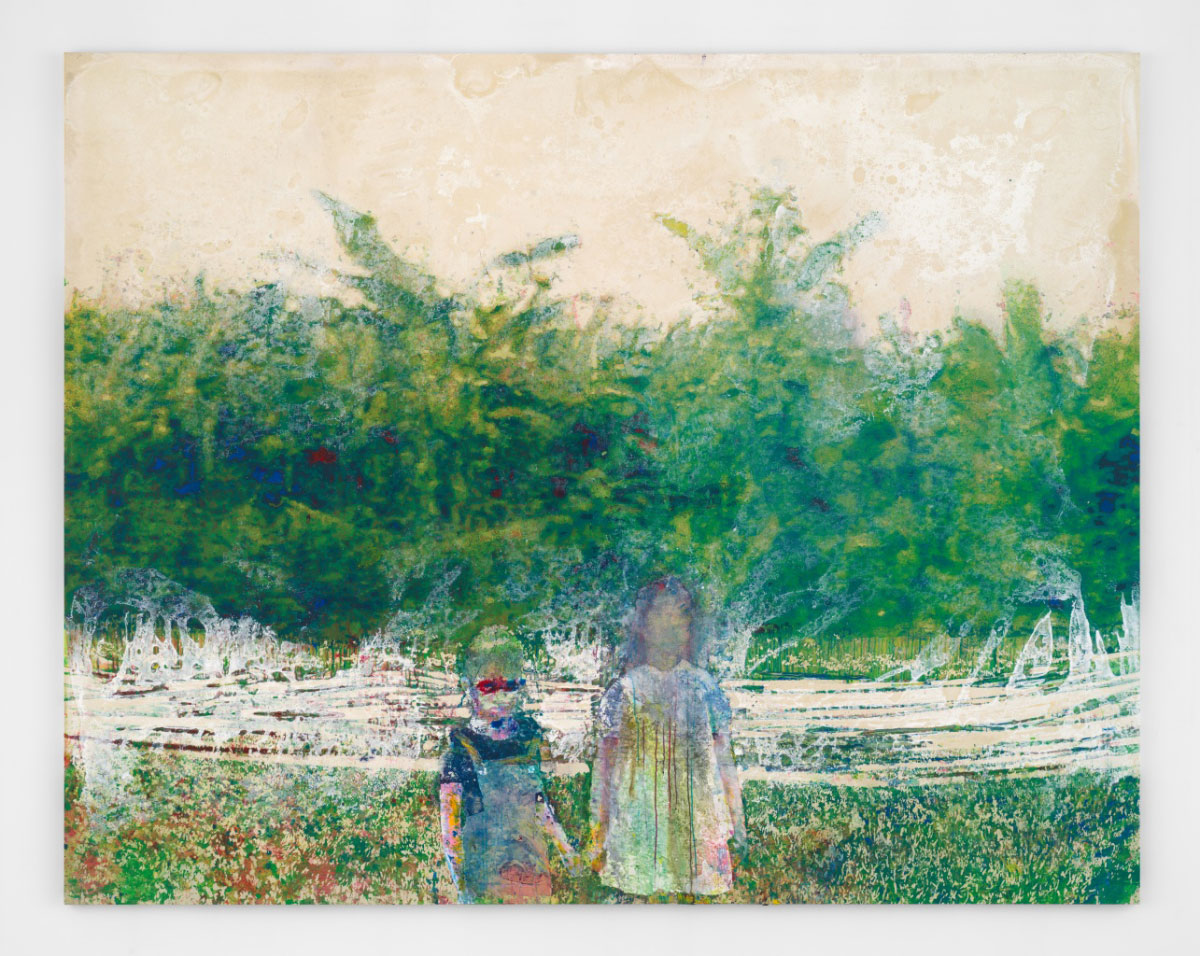
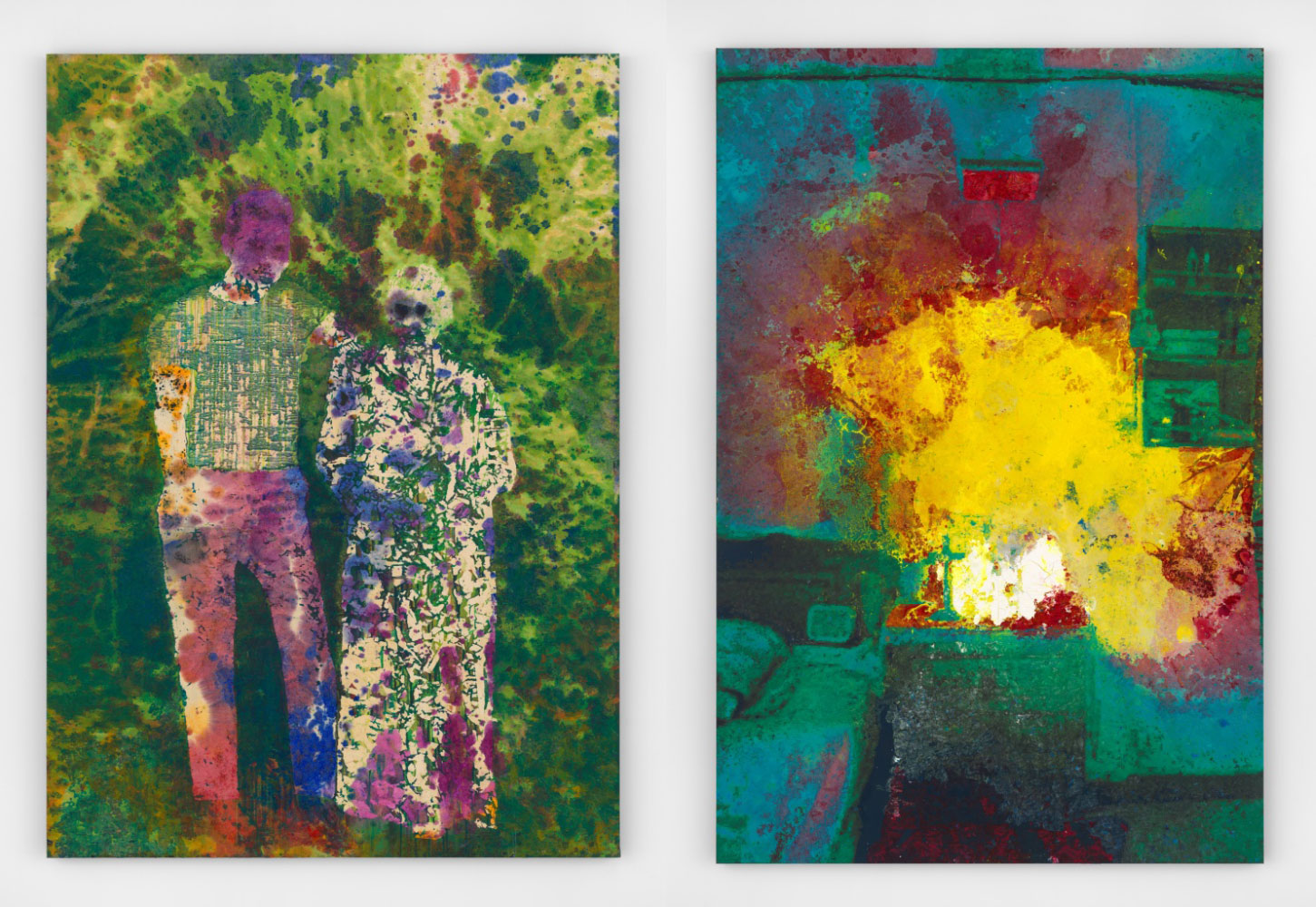
Right: Alexandre Lenoir, Avant la nuit, 2021, Acrylic and oil on canvas, 220 x 147 x 3.5 cm, 86 5/8 x 57 7/8 x 1 3/8 in, © Alexandre Lenoir, Courtesy the artist and Almine Rech Gallery
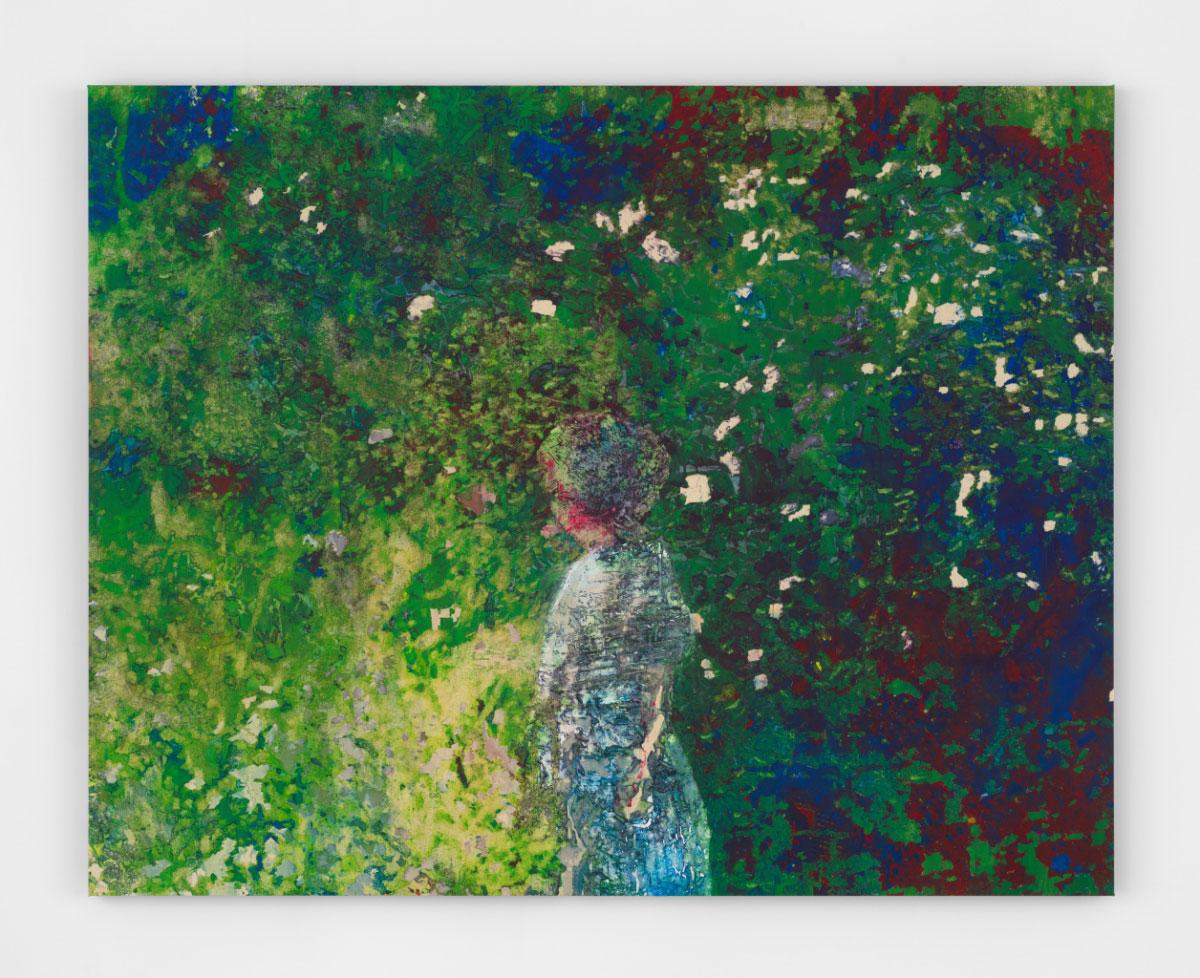
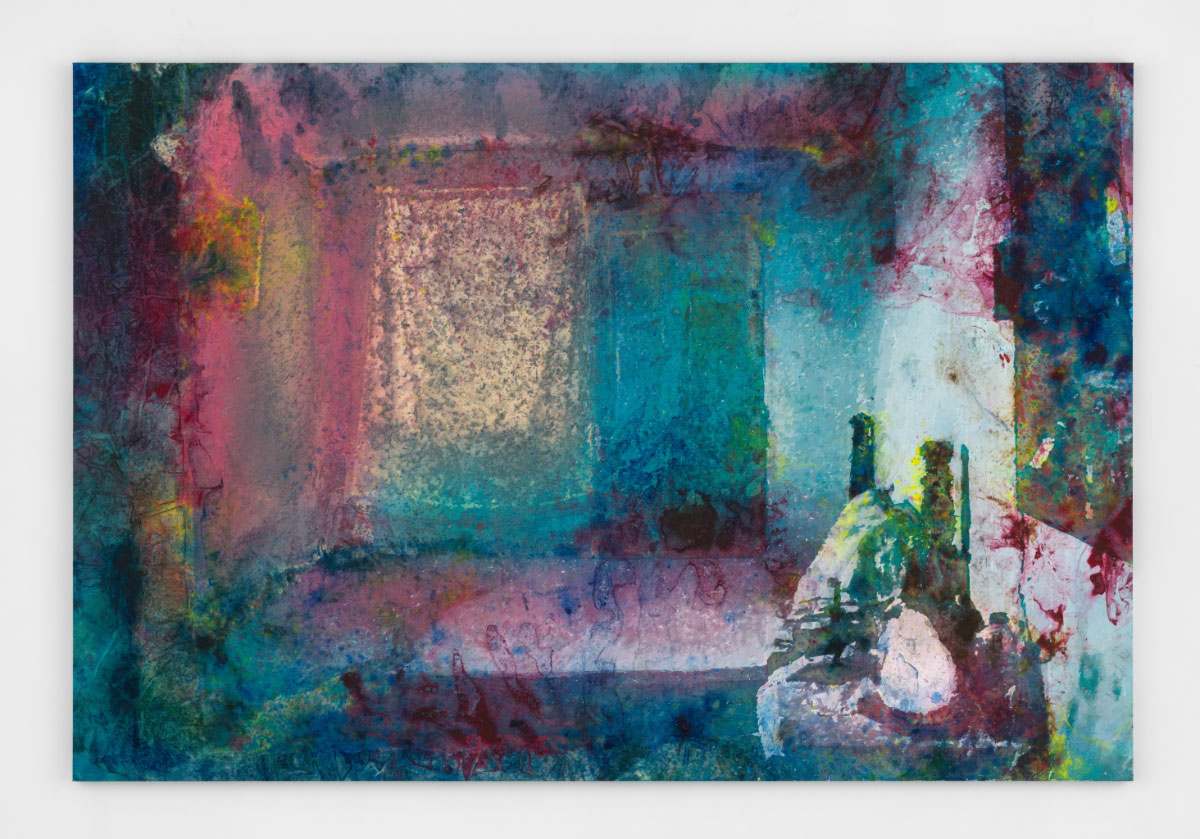
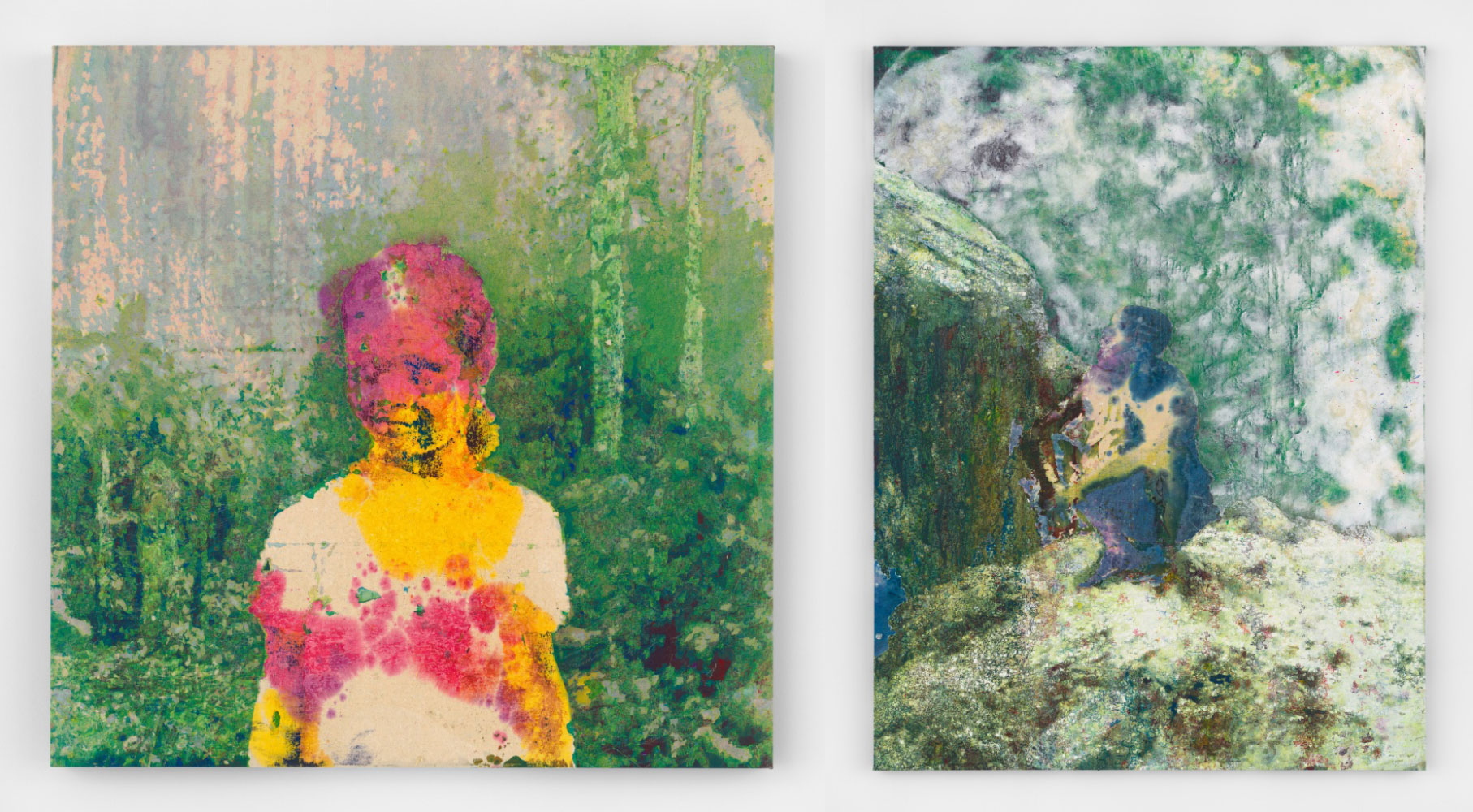
Right: Alexandre Lenoir, Roches<, 2021, Acrylic and oil on canvas, 192.1 x 145.7 x 3.5 cm, 75 5/8 x 57 3/8 x 1 3/8 in, © Alexandre Lenoir, Courtesy the artist and Almine Rech Gallery


